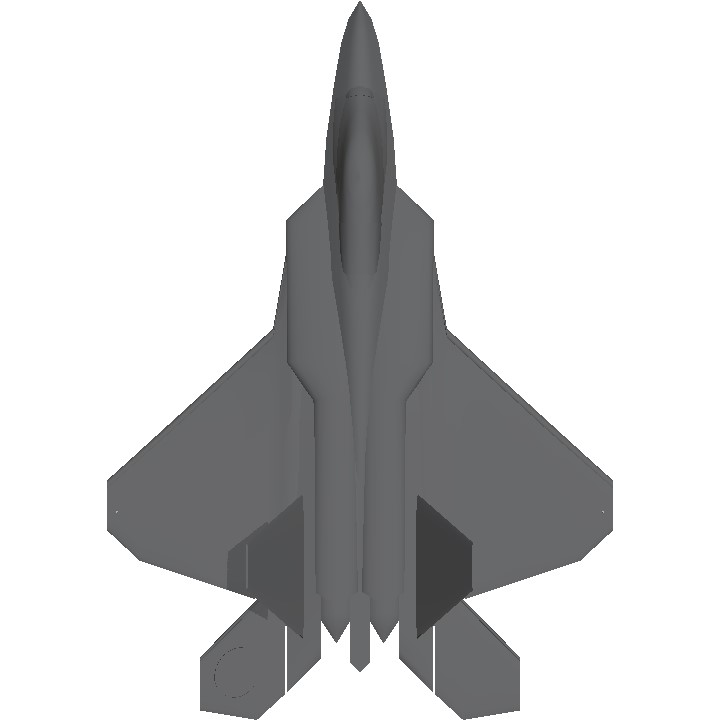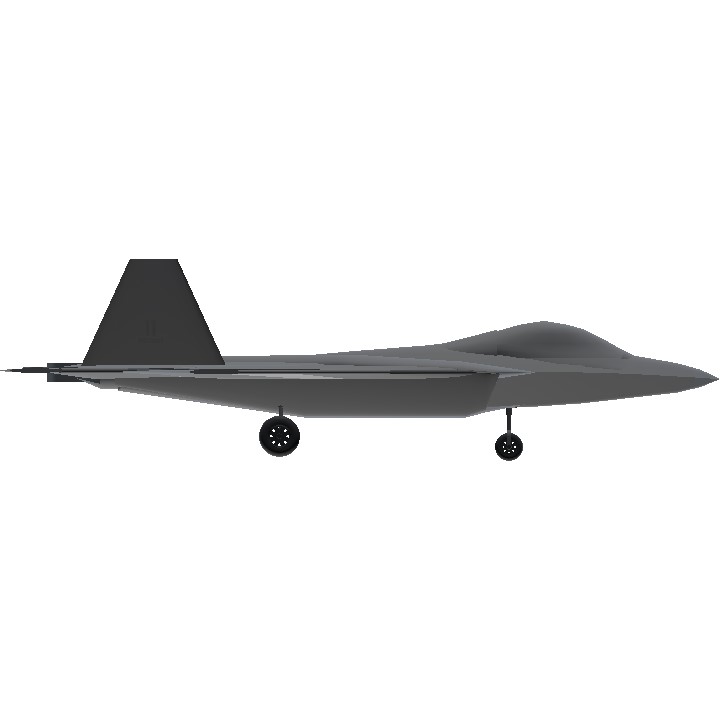History
The aircraft first flew in 1997 and was variously designated F-22 and F/A-22 before it formally entered service in December 2005 as the F-22A. Although the USAF had originally planned to buy a total of 750 ATFs, the program was cut to 187 production aircraft in 2009 due to high costs, a lack of air-to-air missions at the time of production, and the development of the more affordable and versatile F-35.[N 2] The last F-22 was delivered in 2012.
While it had a protracted development and initial operational difficulties, the F-22 has become a critical component of the USAF's tactical airpower. The fighter's combination of stealth, aerodynamic performance, and mission systems enabled a leap in air combat capabilities and set the benchmark for its generation.[3][4] The F-22 is expected to serve into the 2030s and eventually have its role succeeded by the USAF's Next Generation Air Dominance (NGAD) manned fighter component.[5]
Accident
The first F-22 crash occurred during takeoff at Nellis AFB on 20 December 2004, in which the pilot ejected safely before impact.[238] The investigation revealed that a brief interruption in power during an engine shutdown prior to flight caused a flight-control system malfunction;[239] consequently the aircraft design was corrected to avoid the problem. Following a brief grounding, F-22 operations resumed after a review.[240]
On 25 March 2009, an EMD F-22 crashed 35 miles (56 km) northeast of Edwards AFB during a test flight, resulting in the death of Lockheed Martin test pilot David P. Cooley. An Air Force Materiel Command investigation found that Cooley momentarily lost consciousness during a high-G maneuver, or g-LOC, then ejected when he found himself too low to recover. Cooley was killed during ejection by blunt-force trauma from windblast due to the aircraft's speed. The investigation found no design issues.[241][242]
On 16 November 2010, an F-22 from Elmendorf AFB crashed, killing the pilot, Captain Jeffrey Haney. F-22s were restricted to flying below 25,000 feet, then grounded during the investigation.[243] The crash was attributed to a bleed air system malfunction after an engine overheat condition was detected, shutting down the Environmental Control System (ECS) and OBOGS. The accident review board ruled Haney was to blame, as he did not react properly to engage the emergency oxygen system.[244] Haney's widow sued Lockheed Martin, claiming equipment defects, and later reached a settlement.[245][246][221] After the ruling, the emergency oxygen system engagement handle was redesigned;[247] the system was eventually replaced by an automatic backup oxygen system (ABOS).[248] On 11 February 2013, the DoD's Inspector General released a report stating that the USAF had erred in blaming Haney, and that facts did not sufficiently support conclusions; the USAF stated that it stood by the ruling.[249]
During a training mission, an F-22 crashed to the east of Tyndall AFB, on 15 November 2012. The pilot ejected safely and no injuries were reported on the ground.[250] The investigation determined that a "chafed" electrical wire ignited the fluid in a hydraulic line, causing a fire that damaged the flight controls.[251]
On 15 May 2020, an F-22 from Eglin Air Force Base crashed during a routine training mission shortly after takeoff; the pilot ejected safely. The cause of the crash was attributed to a maintenance error after an aircraft wash resulting in faulty air data sensor readings.[252]
Specifications
General Characteristics
- Created On Android
- Wingspan 43.7ft (13.3m)
- Length 62.1ft (18.9m)
- Height 17.4ft (5.3m)
- Empty Weight 22,506lbs (10,208kg)
- Loaded Weight 36,010lbs (16,334kg)
Performance
- Power/Weight Ratio 22.092
- Wing Loading 52.1lbs/ft2 (254.2kg/m2)
- Wing Area 691.6ft2 (64.3m2)
- Drag Points 8386
Parts
- Number of Parts 179
- Control Surfaces 0
- Performance Cost 803




